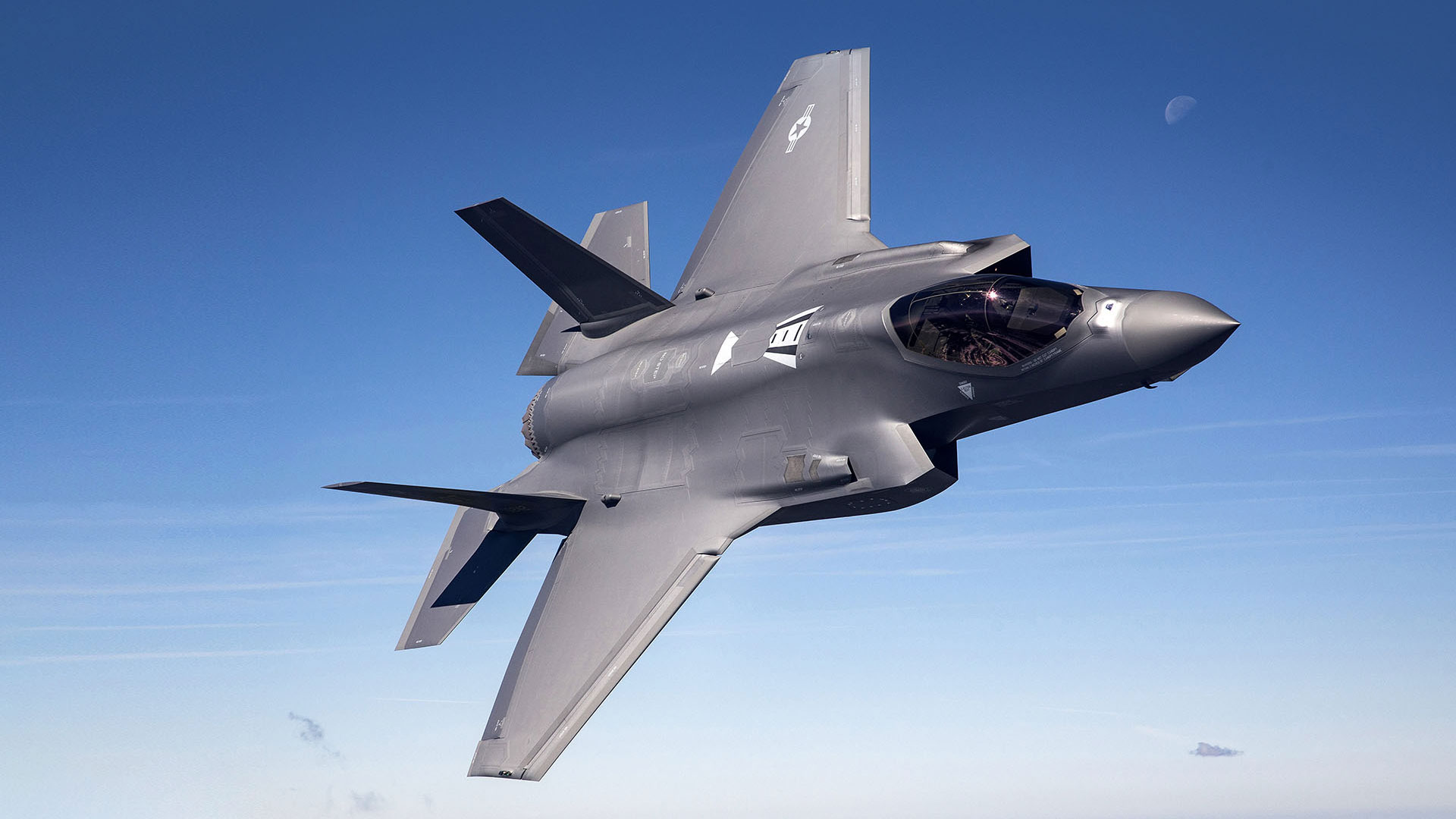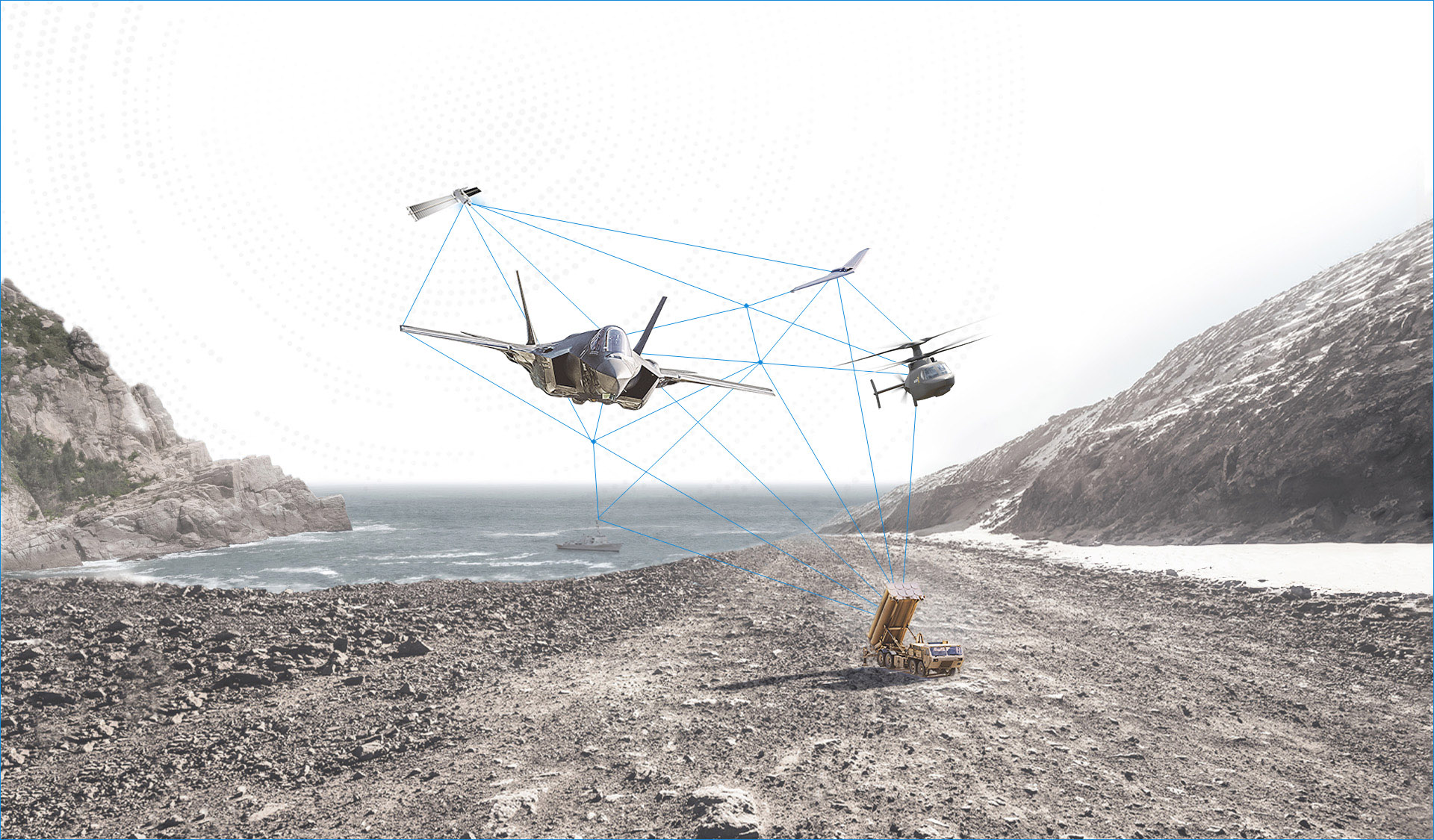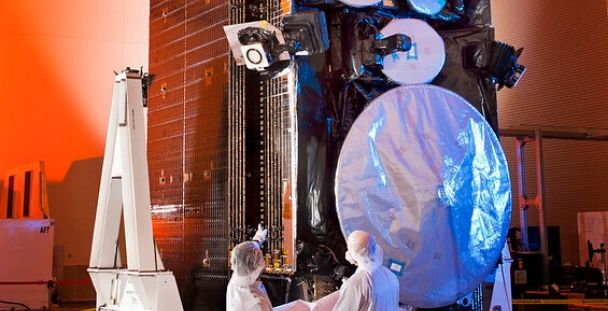Learning from a Satellite's Journey to Launch
By Casey Evans
Fresh out of college – and not long after starting at Lockheed Martin Space in April of 2017 – I was thrust out onto the manufacturing floor supporting the Advanced Extremely High Frequency (AEHF) satellite space vehicle 4 (SV4) Vehicle Closeout Operations.
My mentor at the time told me that the best way to learn was to observe the work being done by the folks who knew it best. As a Mechanical Systems Integration and Test engineer at the time, every day after that, you could find me standing, sometimes crawling, shoulder to shoulder with the manufacturing technicians, watching everything they did, and pestering them with a thousand questions.
The late 2017 decision to make upgrades to a critical component meant we would need to take the vehicle apart. Although this would be a lot of work, it had a silver lining for me: I now had the chance to see the assembly of a space vehicle, just in reverse. Between this and with SV5 and SV6 being in earlier production stages, I was able to gain an immense amount of experience regarding the AEHF assembly and test life cycle.
By December of 2017, I became a Certified Test Conductor (CTC) with more responsibility than ever. CTCs are the engineers on the floor that provide technical leadership and direction for assembly, integration and test operations. Between critical operations – like hoisting the entire vehicle to running high pressure propulsion system testing – as one of the three propulsion SMEs on my team, I was now in charge of the safety and well-being of satellites for a multi-billion-dollar program. Something that put this into a shocking perspective for me is that one million (which would also be a lot of money) in seconds is about 11.5 days. One billion seconds is over 31.6 years!
It was a daunting position to be in as a 23-year-old in charge of something that was not only extremely expensive but also an incredibly important asset to the United States.
In 2018, SV4 launched on an Atlas V 551 rocket headed to join the three preceding AEHF satellites in orbit. With four AEHF satellites in place, we completed a baseline network built to withstand the latest in jamming technology as well as deliver protected communications at extraordinary speeds. These technologies allow for resilient connectivity from national leaders to warfighters in all levels of conflict.
Knowing my work supports this mission is both inspiring and motivating. This made the long days and weekend work, needed to prepare for launch, less discouraging.
We begin packing about eight weeks before the vehicle is ready to ship. It takes meticulous planning and organization to ensure things go smoothly as well as a bit of mental toughness to endure un-loading trucks in the blazing Florida heat and humidity.
Supporting a launch campaign is an incredible honor to work alongside Air Force personnel who are directly impacted by our mission. Launch also gives you the opportunity to see Cape Canaveral Air Force Base and Kennedy Space Center like not many other people get to. The most difficult part about working on things that go into space is the discipline it takes to ensure everything is done correctly. If we mess up and it doesn’t work, there is no repairing the satellite once it is up there. Even through the difficulties and stress, I am proud to say that I get to be part of a small number of people that work on AEHF space vehicles.
As the June 27 launch window for AEHF SV5 approaches, my heart bubbles with pride and excitement. These feelings inflate alongside my anticipation and anxiety, which will not be relieved until much after the launch, after the numerous release devices I was a part of integrating have successfully deployed their components, and after the on-orbit checkouts are complete. At that point I can feel the final satisfaction that our AEHF Assembly, Test and Launch Operations (ATLO) team successfully completed our mission.
On Thursday, March 26th, the sixth and final Advanced Extremely High Frequency protected communications satellite (AEHF-6) made a successful launch aboard the United Launch Alliance Atlas V 551 rocket. This marked the first launch for the U.S. Space Force and just six hours after its launch the vehicle is now taking commands from ground control. Mission success!







